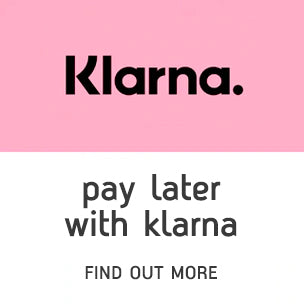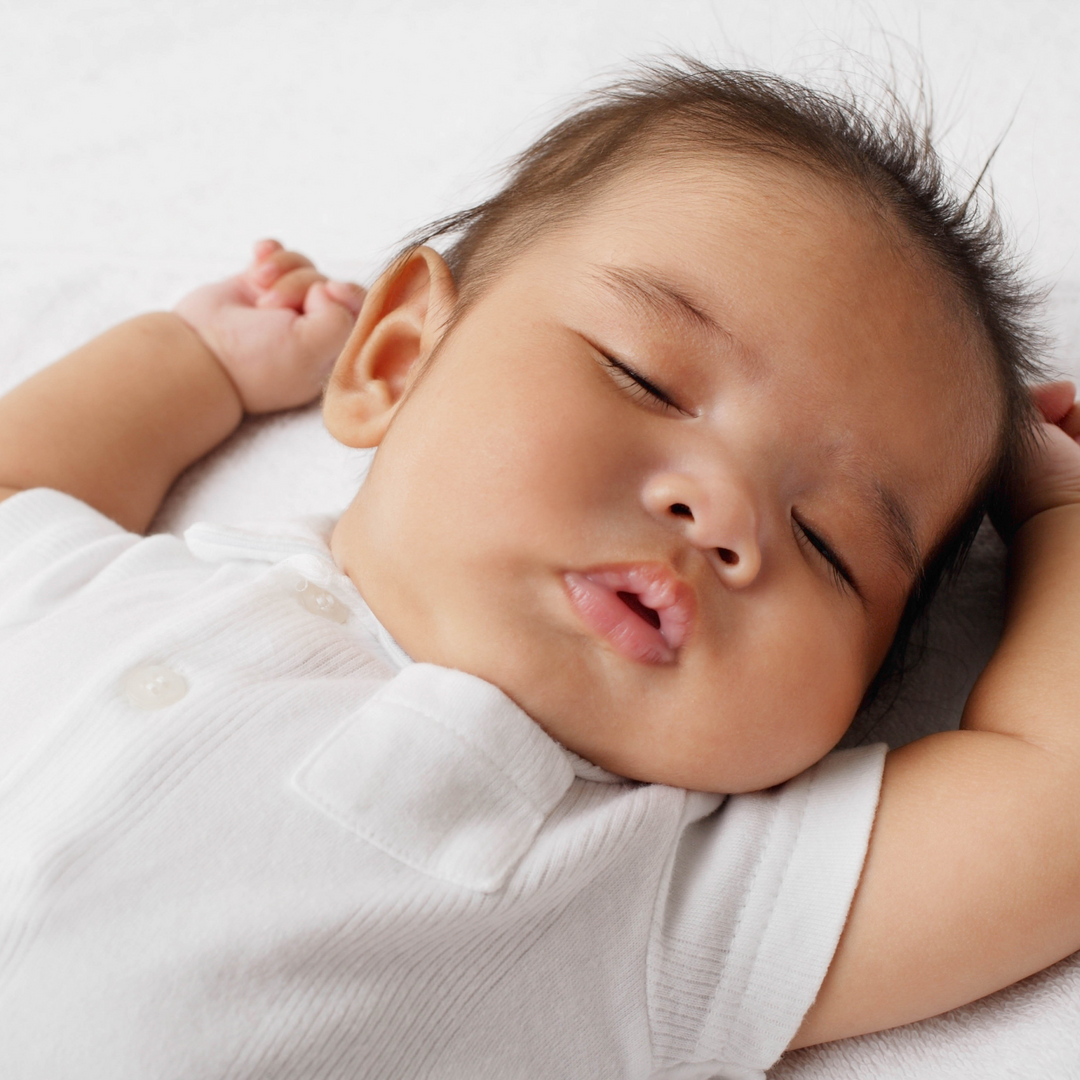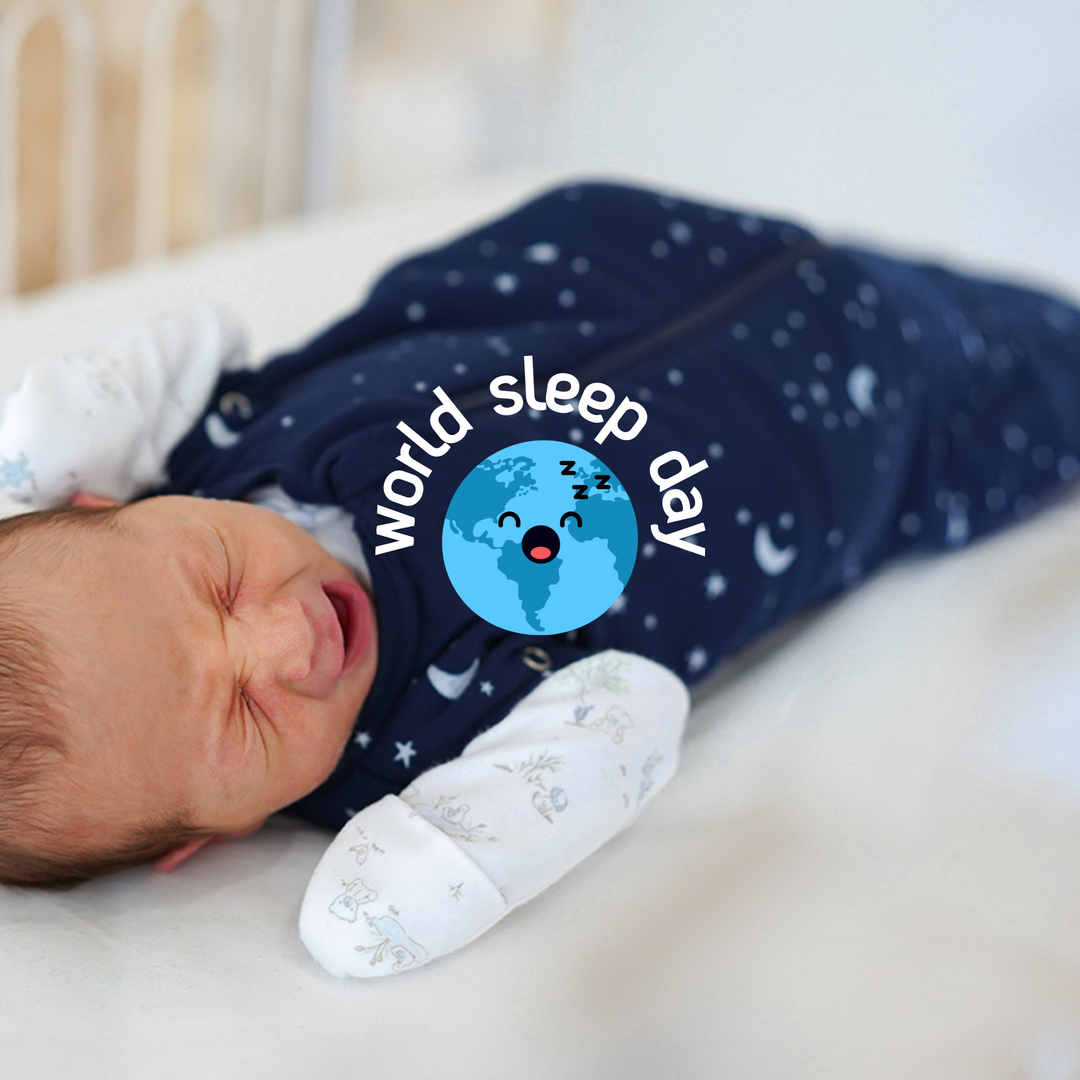Should I use soap in my baby’s bath?
Lots of parents ask us if they can use soap in baby's bath- so we've put together a guide to help you. Read on to find out what you need for baby's first bath.
What do I need for baby bath time?
It’s no secret that babies come with a lot of… ‘stuff’! And while there certainly are a lot more clever and innovative products out there these days, is it all actually essential? When it comes to bathtime, the jury’s out- but here’s what you do actually need for baby bathtime.
Baby bathtime checklist
Read our post on what you need for baby bathtime here. We go through checklists for newborn up to toddlers in this post, with tips on bath time safety too.
But at a glance, the main items you need are:
- A soft towel to wrap your baby up in (we recommend the handsfree hooded baby bath towel- see our post on how to use it)
- Everything you need for a feed afterwards
- Everything you need to dress baby in afterwards
- Bath thermometer
- Soft bamboo washcloth for cleaning
That’s it! Any other accessories and toys might be nice to have, but as long as you have the basics, you’re good to go. You don’t even need a baby bath tub- you can bath your baby in the sink, or you can use a bath support in the big bath.
Establishing a baby bath time routine
When you first bring baby home from the hospital, it can be difficult getting into a routine. Don’t stress. Very tiny babies don’t need a routine at first- and you’ll end up more stressed and anxious trying to make them fit into one.
New babes don’t need to have a bath every night- in fact, it’s not recommended, as their skin is so delicate; you only need to bath them every other night. So a bathtime routine is recommended from the age of around 6 months or so, but really it’s up to you. Read our post for more tips on how to get a bath time routine established when you and your baby are ready.
How to bath your baby
Ready? Baby’s first bath can be a daunting experience, but if you have everything you need ready to go, and baby is awake, full and happy- then it’s time to take the plunge!
Keep the first bath short and sweet, and build up the time spent in the water slowly. We recommend a quick wash of the face and nappy area first (more on top & tail washes below) and then gently lower baby into the water. Keep hold of them at all times, maintain eye contact and keep smiling. You can do this!
When baby has had enough, gently bring them out of the water and wrap them up in a cosy towel- but don’t rub, just pat or cuddle them dry to protect that delicate skin. Read our post for a more detailed guide on how to bath your newborn baby.
Can I use soap in my baby’s bath?
So, can you use soap in your baby’s bath? You may have noticed we didn’t list it in our baby bath time checklist above- and that’s because the answers is: it depends.
Very tiny babies do not need soap in their bath. It’s not recommended as it can dry out their skin and leave them prone to irritation, dryness and sore patches. Even baby soap should be avoided for at least the first 4-6 weeks, so just plain water is all you need.
Beyond the age of around 6 weeks (and some parents tend to wait a little longer than this), only very mild baby soap is recommended.
Caring for newborn skin
Your newborn baby’s skin is very different to yours. It’s made up of fewer layers, and these layers are much thinner too. So everything you put on your baby’s skin is absorbed much more easily, and has the potential to irritate and cause discomfort too.
With this in mind, only ever use baby soap, no perfumed products and nothing with chemicals that could irritate the skin. Wash your baby’s clothes and bath towel with a mild detergent and when it comes to getting out of the bath, never rub the skin as this could damage it too. Use your handsfree towel to just wrap them up and cuddle them dry.
If your baby does have sry skin or you’re concerned, speak to your GP or health visitor about suitable lotions and creams that you can use- and read more about caring for newborn skin here.
Caring for the umbilical stump
Yes, you can give your baby a bath before the umbilical stump falls off, although lots of parents decide to wait. It’s up to you. We’ve written a guide in how to care for your baby’s umbilical stump that you might find helpful.
Top & tail washes
As mentioned above, a quick wash before the bath is a good idea- or you can do this in between bath times for very small babies. This is called a top & tail wash and we have a guide on how to do it if you’re not sure.
When can I use soap in my baby’s bath?
When your baby is around 4-6 weeks old, you can start to use soap in their bath. Make sure you only use a small amount, and read the labels carefully to make sure the ingredients are suitable. You should only use products that have been designed for baby’s delicate skin too.
Un-perfumed soap for baby
Make sure the soap you use to wash your baby is unperfumed- and skip the bubble bath at first. Reading the labels on your baby’s soap is so important, as there could be potentially harmful chemicals that you definitely don’t want anywhere near your baby’s skin- even if they claim to be ok for delicate skin. It’s also worth knowing that a product can call itself ‘natural’ even if they contain as little as 1% natural ingredients!
Ingredients to look out for include:
- Artificial preservatives such as 2-bromo-2 nitropropane-1,3-diol
- Diazolidinyl urea
- DMDM hydantoin
- Imidazolidinyl urea
- Quaternium-15
- Methylchloroisothiazolinone
- Methylisothiazolinone
- Parabens (butyl, ethyl, methyl, propyl, isobutyl)
You should also look out for Diethanolamine (DEA) and Triethanolamine TEA as these both have the potential to cause irritation to your baby’s skin.
Foaming agents can contain Sodium Laurel Sulphate (SLS) which is another common cause for skin irritations, so also best avoided, along with artificial fragrances and colours.
Look for products that contain more natural ingredients, such as essential oils to fragrance, olive oil, shea butter, cocoa butter or almond oil to soften and nourish the skin, and aloe vera to soothe. A good general rule of thumb is if you cannot pronounce the ingredient name, then it probably isn’t great to use on your baby’s skin.
Use mild baby shampoo
When it comes to washing your baby’s hair, again baby shampoo is recommended. You should look out for all the above ingredients when you read the label, and only use a tiny amount, no more than once a week.
Avoid shampoos with phthalates and parabens too.










